Social Economy for the Full Inclusion of People with Disabilities: How and Why – An Introduction to Our Best Practice Guide
Actions speak louder than words, but how can companies, businesses and employers further include people with disabilities if they are not fully aware of the possibilities? The willingness of companies to make their businesses more accessible and inclusive is improving as various legal and societal incentives put healthy pressure on businesses to maximise opportunities for #inclusion4all. However, there is still much to be done to provide accessible information and create good practice examples that clearly demonstrate the benefits of inclusivity for all.
People with disabilities face a wide range of barriers daily to access services, transport, education and training, and employment. However, one area that has been highly successful in supporting, training, and employing people with disabilities is the social economy. This economic model (cooperatives, mutuals, associations, foundations and social enterprises, among other specific legal forms) is indeed a powerful tool that can contribute to the empowerment of people with disabilities, creating meaningful jobs and promoting inclusive working conditions. Indeed, social economy organisations represent a significant 6 to 8% of GDP across 27 European Union[1], which is committed to the labour integration of people with disabilities (in some countries they employ up to three times more workers with disabilities than traditional enterprises). Social economy organisations are people-centred entities applying internal flexibility to save jobs and maintain the socio-economic activity.
Introducing the Best Practice Guide
To share highly successful and impactful examples of inclusivity in action, and demonstrate how barriers can be reduced or removed, Social Economy Europe has released a best practices guide: Social Economy for the Full Inclusion of People with Disabilities. The aim is to help communicate good practices which can be mirrored and adopted by any business, and raise awareness of the social economy’s potential for inclusion regarding the post-2020 Disability Strategy.

The post-2020 Disability Strategy will be a chance to take a comprehensive approach and generate awareness of the current contribution and the future potential of the social economy for a barrier-free Europe where people with disabilities can fully participate in society and enjoy their fundamental rights.
We should keep in mind that this Guide is not an end in itself, but just one more step forward on the long road to full integration of persons with disabilities into society
The Guide explores how social economy enterprises and organisations can work towards implementing the United Nations Convention on the Rights of Persons with Disabilities (CRPD), achieving the Sustainable Development Goals (SDGs) and further contributing to the full integration of people with disabilities. It reminds us that both EU and national government leaders have the responsibility to create the right political and legislative environment that allows this integration to happen as well as incorporate appropriate funding! In 2017, the European Parliament adopted a Report calling for a new EU disability strategy 2020-2030. The report also contains various health-related recommendations, such as including a disability component. The guide states that “the new EU’s Disability Strategy 2020-2030 must ensure a harmonised implementation of the UN CRPD both by the EU and by the Member States and commit to new disability policies and legislations, in line with the 2030 Agenda.”
Let’s Meet the Best Practices
The 12 good practices include APEMH (Association des Parents d’Enfants Mentalement Handicapés), Luxembourg; Adelante Dolmen, Italy; Juncker Plan investment in ILUNION, Spain; The League of Historical and Accessible Cities, Europe; Ateliers Jean Del’Cour (JD’C), Belgium; FENACERCI, Portugal; AMADIP ESMENT, Spain; Tricentenaire group, Luxembourg; Les Genêts d’Or, France; Humana Nova, Croatia; TPK “Mara Dencheva” worker cooperative, Bulgaria and CECAP’s Group Social Business Factory, Spain.
So What are the Best Practices?
As a whole, the organisations, some of which comprise of umbrella organisations facilitating the work of other socially responsible entities, provide inclusive work opportunities in several areas including:

- Gardening services
- Cleaning
- Examples of services
- Chocolaterie Brand “Les chocolats du cœur”
- Printing
- Packaging services
- Tea brand Au cœur du thé
- Sales
- Microbrewery
- sewing and tailoring services.
- Manufacturing of paper and cardboard products
- Plastic products
- Bookbinding services
- Personal Protective Equipment for both local and foreign customers
This impressive group of organisations include fantastic initiatives which all businesses could potentially incorporate into their policies and practices. Just imagine the benefit from companies investing some of their profits to achieve this social goal. Good practices from this list include, but are by no means limited to; adapted support to individuals, often by providing residence and educational support structures; and incorporation of easy read and accessible information; specified training (often adapted to prepare young people with disabilities for their professional life, including internships). And is essential for a truly inclusive business, initiatives are often conceived in partnership with people with disabilities, ensuring equal opportunities and projects have a duel societal and ecological goal.
The projects focus on accessibility from the entire experience of the worker, from developing applications and software to facilitating people’s involvement as well as providing assistive devices. Redesigned routes for transport in cities, tactile billboards and sign language guides highlight the infrastructural changes that are often important and necessary for accessibility. Some of the companies demonstrate intelligent use of funding and government subsidies to offset initial costs. Furthermore, some examples use social assistants to ensure personal finances, health matters, administration and housing for employees is adequate.
Training can focus on two pillars; autonomy and increased skills to facilitate people’s integration into working life. Other companies promote transnational cooperation while teaching with alternate curricula and use sport for inclusion. The incorporation of professional certification following rigorous, personalised training of up to 2637 hours of “learning by doing” is a fine example of work integration.
This publication and the elaboration of this guide are co-funded by the European Social Fund, in the framework of the Transnational Cooperation initiative, Social Economy and Disability (SE&D), led by Fundación ONCE within the ESF Spanish OP “Social Inclusion and Social Economy” 2014-2020. The responsibility for the opinions expressed in this work is exclusively of their authors.
Read the full text here: SEE_SocialEconomy-4-the-inclusion-of-People-with-Disabilities_compressed
This publication has been prepared within SENBS project No. 2020- 1-EE01-KA204-077999. The content of this publication is the sole responsibility of the project coordinator and may not always reflect the views of the European Commission or the National Agency.
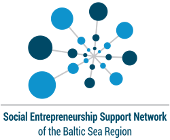
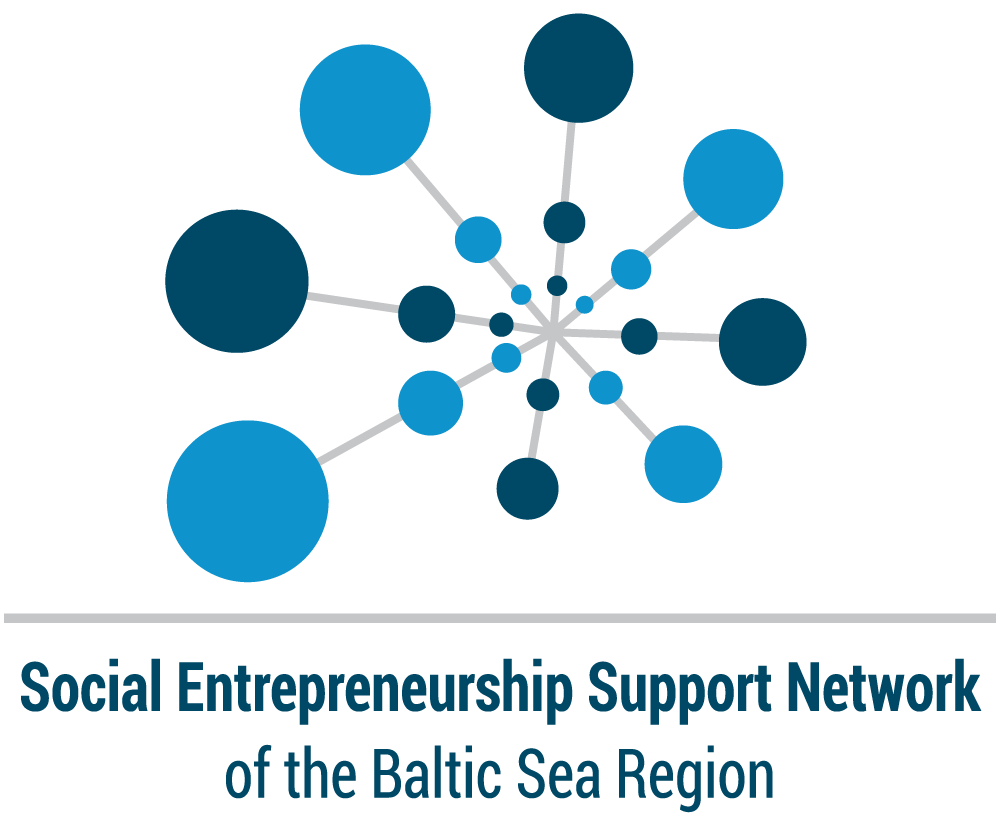

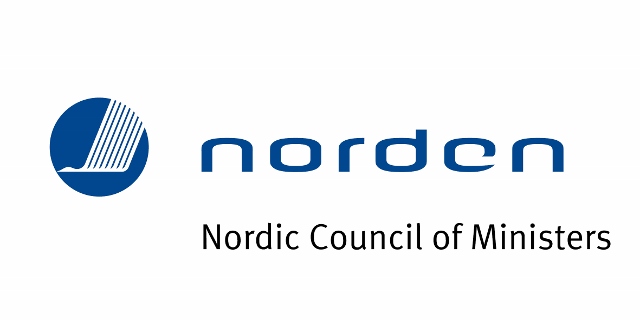


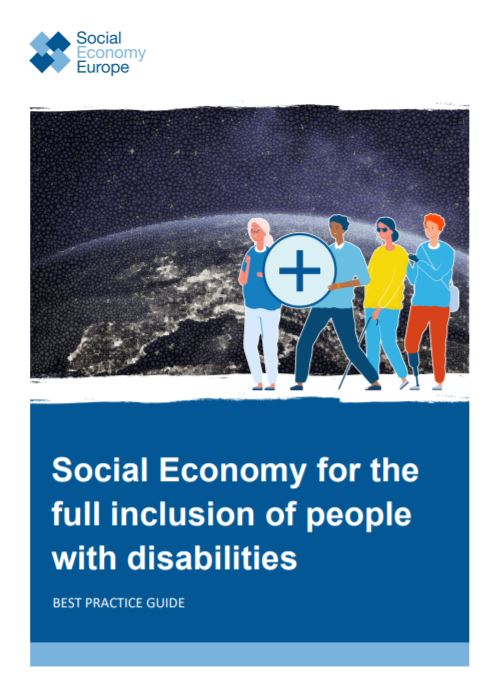



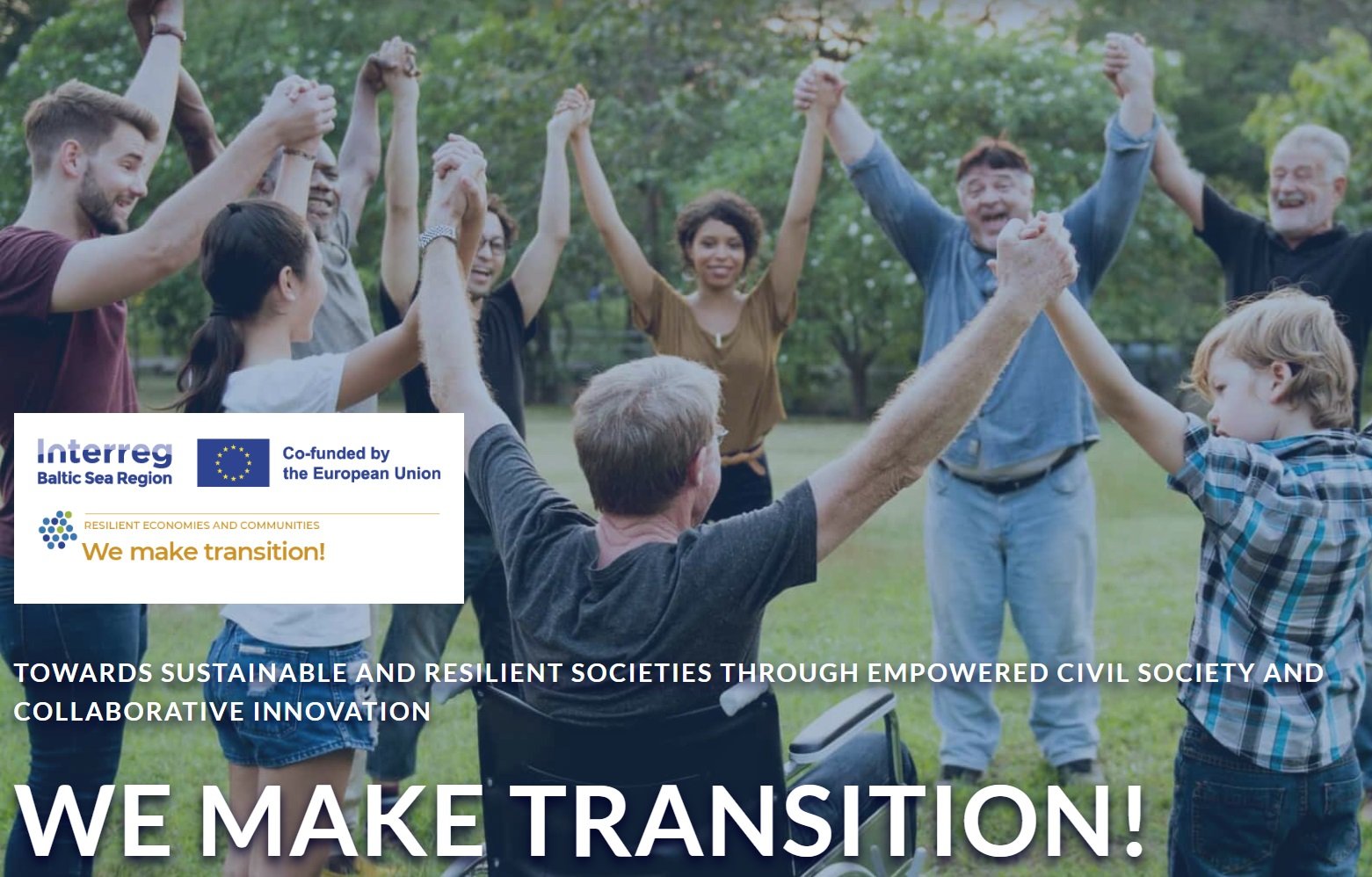
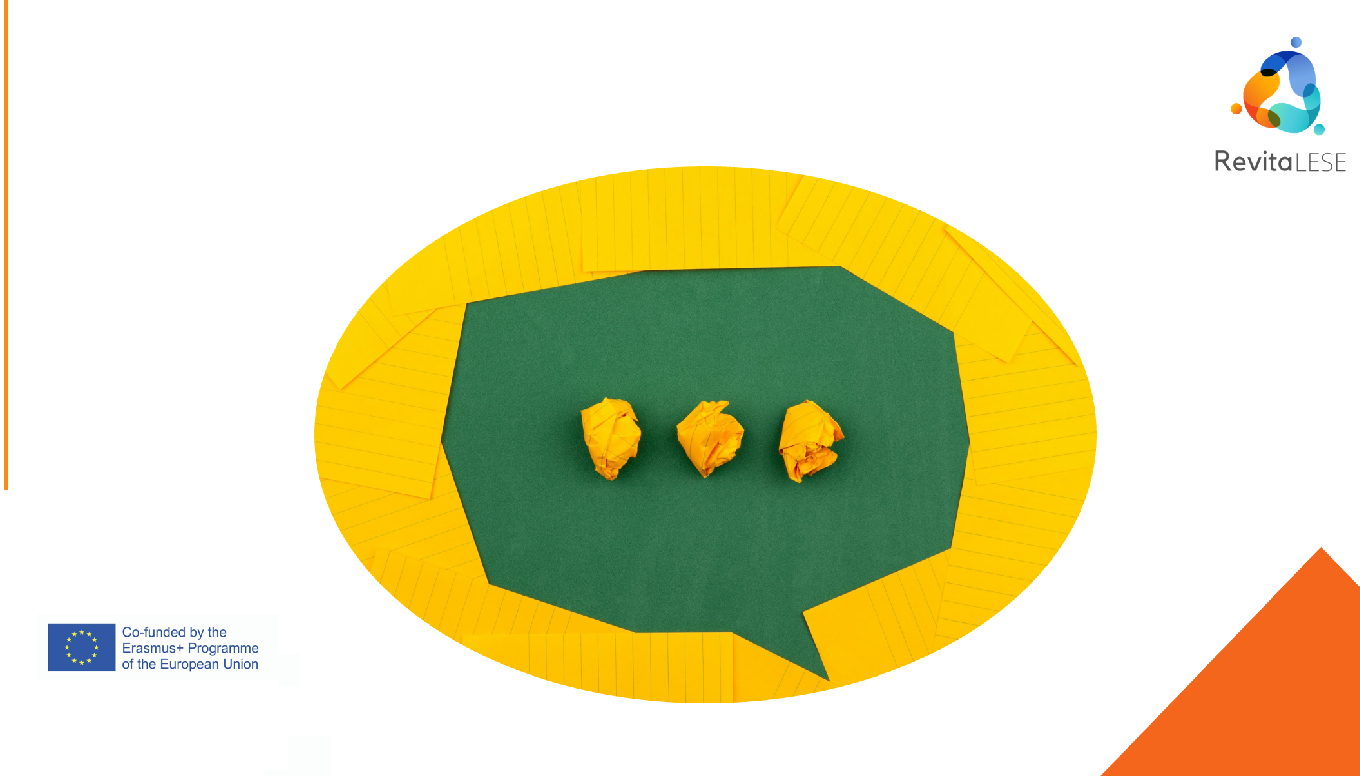




Leave A Comment